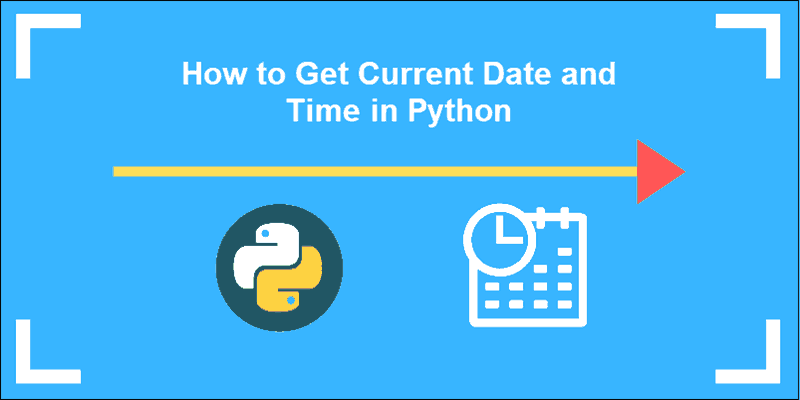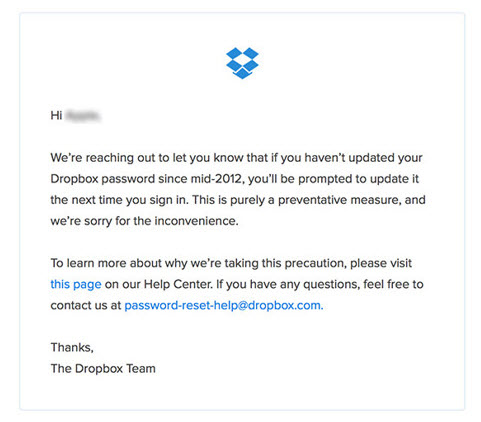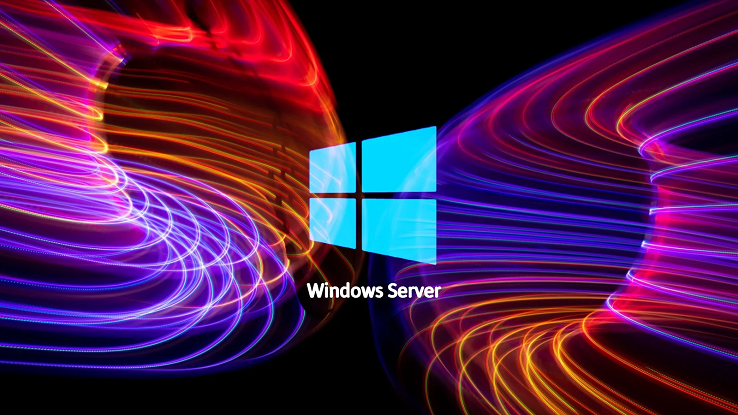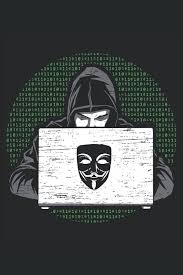Introduction
Python is a versatile programming language used to develop desktop and web applications. It allows you to work on complex projects.
Learn how to get current date and time in the python script with multiple options.

Prerequisites
- Command line / terminal window access
- User account with root or sudo privileges
- Python installed
- Prefered text editor (in this case
nano)
Get Current Date Time in Python with datetime Module
Use the command line to create and access a new file:
sudo nano python_date.pyThe system will tell you the file does not exist and ask you to create it. Click Yes and add the following in your text editor:
from datetime import date
today = date.today()
print("Today's date:", today)Save the file, then exit. Run the file by entering:
python python_date.pyThe result will show today’s date using the datetime module:

Options for datetime formating
Python has a number of options to configure the way date and time are formated.
Create a sample file:
sudo nano sample_format.pyEdit the file as follows:
import datetime
e = datetime.datetime.now()
print ("Current date and time = %s" % e)
print ("Today's date: = %s/%s/%s" % (e.day, e.month, e.year))
print ("The time is now: = %s:%s:%s" % (e.hour, e.minute, e.second))Save the file and exit. Run the file by entering:
python sample_format.pyThe system displays the date and time, the date, and the time on three separate lines.

Use strftime() to display Time and Date
The strftime() method returns a string displaying date and time using date, time or datetime object.
Enter the following command in your terminal window:
sudo nano python_time.pyYou have created a new file named python_time.py. Use this file to define the format of the information the system is to display.
To display the time in 24-hour format, enter:
import time
print (time.strftime("%H:%M:%S"))This example image shows the file when using nano on a Debian distribution :

Save and close the file.
Execute the script by typing:
python python_time.pyThe result displays the time in the requested format:

To display the time in a 12-hour format, edit the file to:
import time
print (time.strftime("%I:%M:%S"))Save and close the file.
Execute the script by typing:
python python_time.pyAdditional Options Using strftime
The strftime method accepts several formatting options.
First, create a new sample file:
sudo nano test_format.pyEdit the file as follows:
import datetime
e = datetime.datetime.now()
print (e.strftime("%Y-%m-%d %H:%M:%S"))
print (e.strftime("%d/%m/%Y"))
print (e.strftime("%I:%M:%S %p"))
print (e.strftime("%a, %b %d, %Y"))Save the file and exit.
Run the file by typing:
python test_format.pyAn example of the result in Debian is below:

The strftime method has many formatting options. All the available options are in the official documentation.
Conclusion
This guide has shown you how to use Python to display the date and time. Python is pretty straightforward and offers multiple options (%X values) to show the date and time in different formats.
You now understand some basic concepts and can attempt to create more complex scripts.
Next, find out how to set up time synchronization on Debian.
Đăng ký liền tay Nhận Ngay Bài Mới
Subscribe ngay
Cám ơn bạn đã đăng ký !
Lỗi đăng ký !













Add Comment